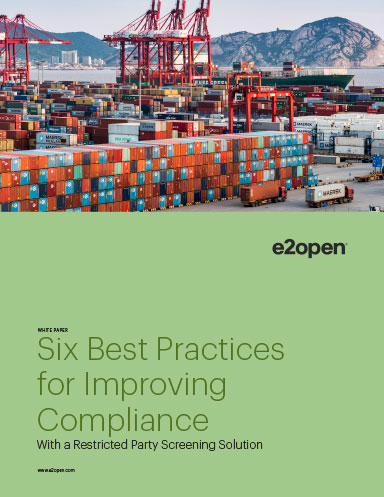
Screening for sanctioned parties serves as the foundation for many compliance and security programs. The ability to evaluate trading partners is a fundamental component of an export management program and other compliance initiatives.
Failure to screen has resulted in sanctions or fines for many small and large companies across various industries. Demonstrating reasonable care is an important way for companies to mitigate their risk and exposure.
Organizations face a number of challenges when it comes to restricted party screening (RPS):
- Accurate and current content: Companies frequently don’t know which lists to consult or when those lists change. Many do not have someone within the organization who monitors and manages the updates.
- Proper screening methods: If screening is done manually, it might be unclear as to how a compliance professional should compare names and addresses of transaction parties to entities on the lists. Problems also arise due to data entry mistakes and the screening of partial names.
- Real-time screening as lists change: Organizations with thousands of transaction partners must continuously rescreen them against changing lists.
- Workflow: A compliance professional might not know how to handle situations where a transaction partner matches an entity on the list, or how to resolve or clear matches when they are in error.
Given the sheer number of restricted party entities and the need for fast-paced logistics processes, screening a customer base manually is inefficient — and it may be impossible. Many companies have acquired a technology solution to help them manage screening, but systems tend to vary in their degree of effectiveness.